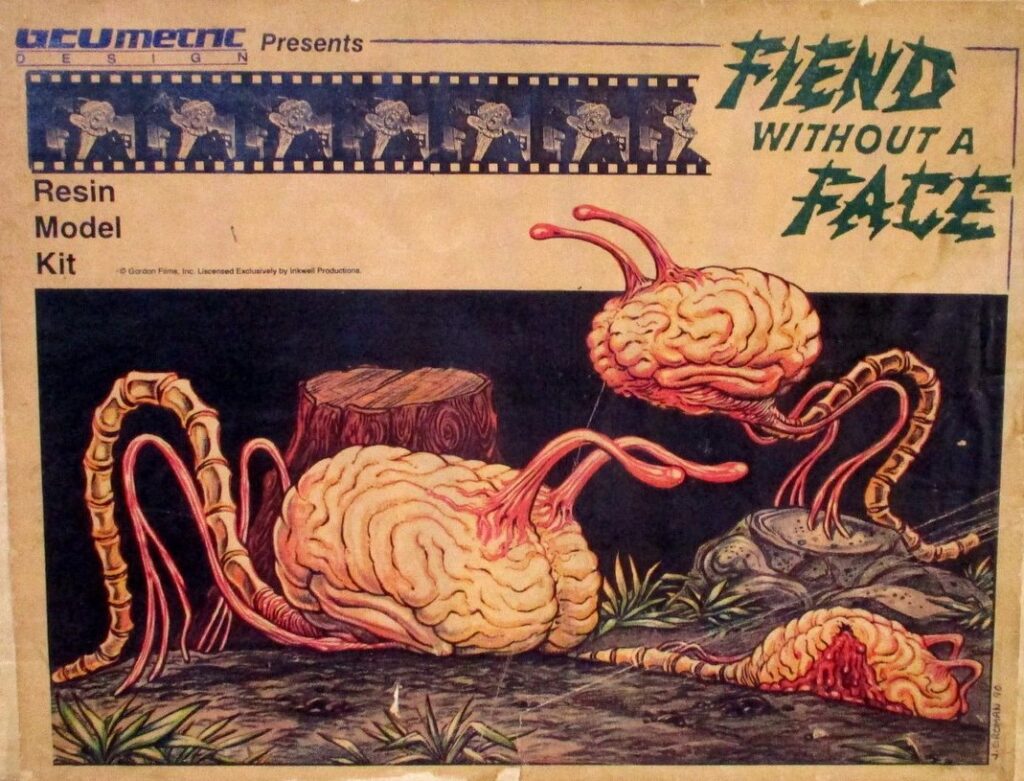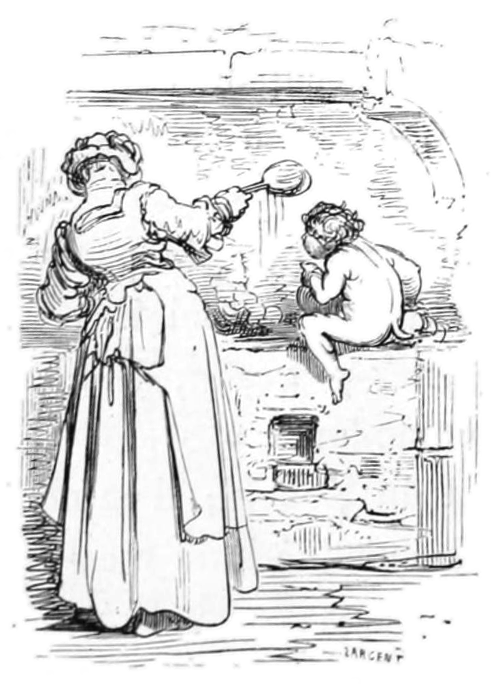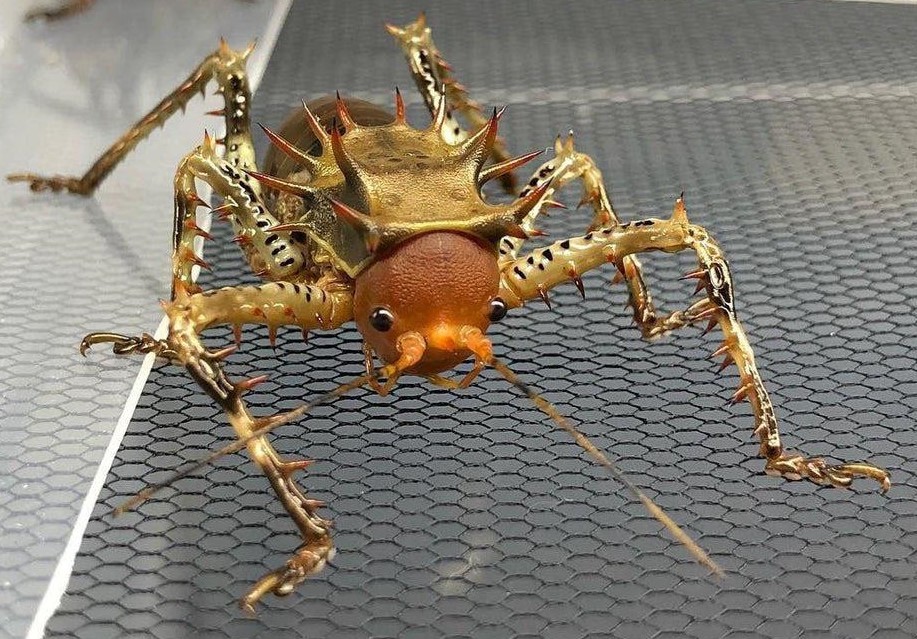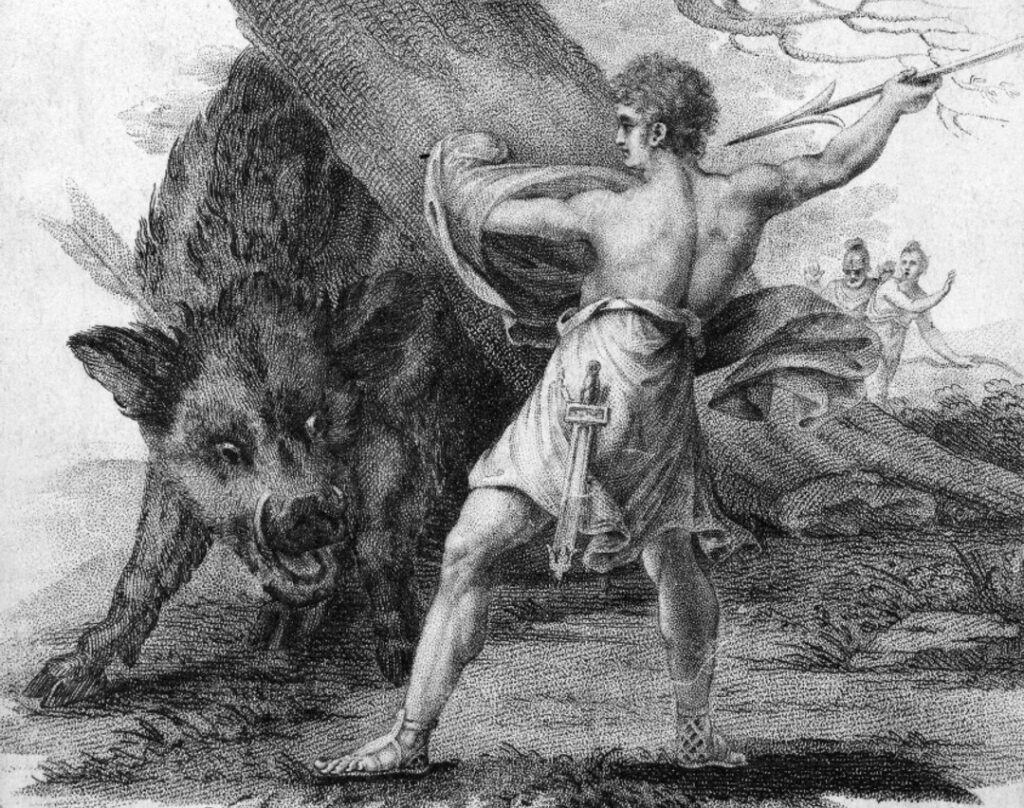The Faceless Fiend for DCC

For the second time, I draw on 1958’s wonderful Fiend Without a Face, which was based on “The Thought Monster“, a short story by Amelia Reynolds Long published in Weird Tales in the March 1930.
Faceless Fiend
In some bygone age, a monomaniacal wizard sought to give thought physical form to create servants to assist in magical experimentations. After tapping into primal energies, the wizard succeeded in part, creating a cunning, corporeal creature from incorporeal thought, but the entity proved too strong-willed to serve its creator. It killed the wizard and escaped into the wild.
Init +4; Atk tail +3 melee (1d4 + constrict); AC 12; HD 1d8+1; MV 40′ or climb 20′; SP brain burrow, constriction 1d4, invisibility; Act 1d20; SV Fort +1, Ref +3, Will +3; AL C.
In its normal state, a faceless fiend is invisible. When visible, a faceless fiend resembles a melon-sized brain. From its frontal lobe grow two snail-like eyestalks which provide almost a 360-degree field of vision. From its occipital lobe grows a tail composed of a spine-like series of bony structures by which the creatures crawls, climbs, and hops. Beneath the base of its tail extend whip-like strands of prehensile muscle.
Coupled with its small size and speed, targeted attacks against an invisible faceless fiend miss automatically half the time, assuming the attacker has managed to determine the fiend’s location. Fortunately, a faceless fiend is not particularly stealthy. Its soft, moist body squelches when it moves, and it often emits involuntary trilling or thudding noises. A PC can make an Intelligence or Luck check as an action to locate an invisible faceless fiend.
This monster’s attack while invisible is made with a +2 bonus. Immediately after a faceless fiend attacks, it becomes visible until the end of its next turn. With a successful attack, the faceless fiend wraps its tail about its victim’s throat and constricts for an automatic 1d4 points of damage.
At the same time, its strands of prehensile muscle burrow toward the victim’s brain. Each round, the victim makes a DC 11 Fortitude save; failure results in unconsciousness for 2d5 minutes. The next round, the faceless fiend extracts the victim’s brain and spinal column, causing immediate death. The extracted brain and spinal column transform into a new faceless fiend in 1d3 rounds.




